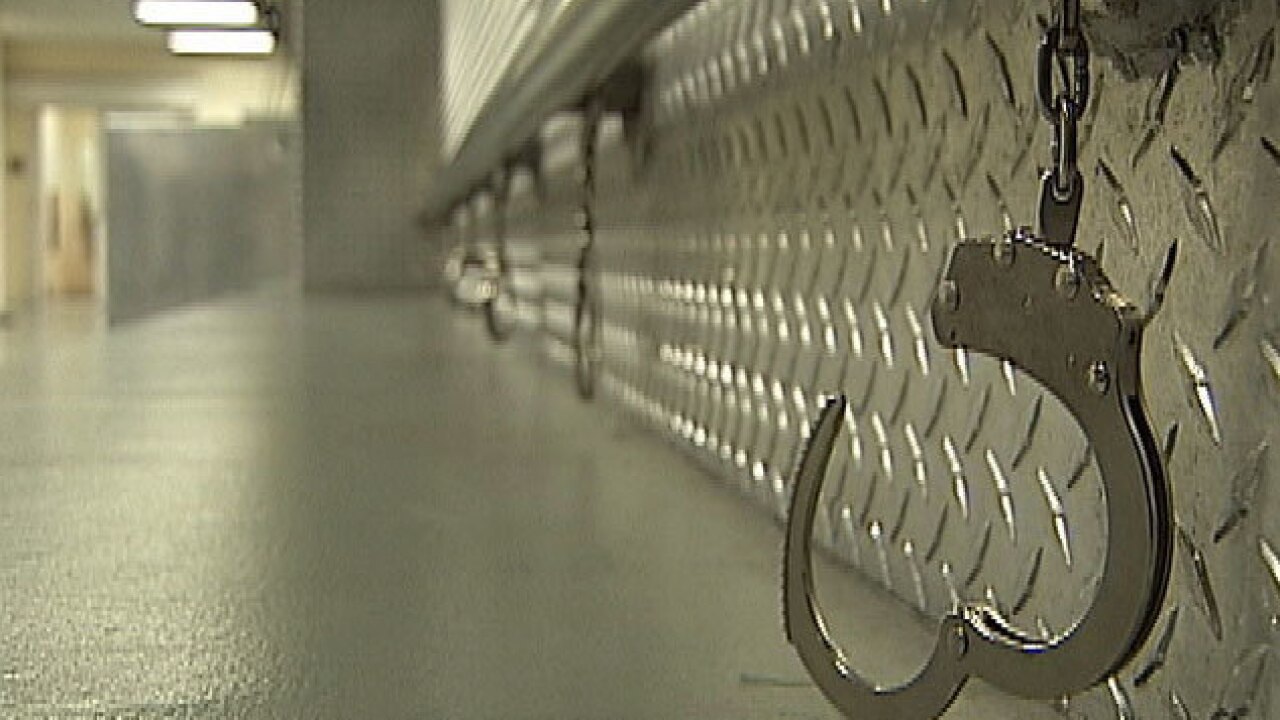STOCKTON, Calif. (AP) — Gov. Gavin Newsom proposed Tuesday to change the way California's juvenile prisons are overseen, eventually closing facilities to cut what he called the "ludicrous" cost.
"If we're going to get serious about changing the trajectory of the lives of these young children, I think we need to do it through a different lens and not the traditional corrections lens," Newsom said at one of the state's four remaining juvenile detention centers.
The Democratic governor is asking state lawmakers to put youth prisons under California's Health and Human Services Agency. Youthful offenders currently are overseen by the same agency that runs adult prisons.
The current system isn't working, he said, with about three out of four young offenders arrested again within three years of their release. More than half are convicted of new crimes and more than a third are soon back in state custody, according to 2017 figures.
"If we're going to change the criminal justice system, let's start at the 'feeder system,' which is the juvenile justice system," Newsom said after touring a new computer coding class at one of two youth prisons in Stockton.
He also criticized the annual cost topping $300,000 per young offender, noting that's the tuition of four private colleges combined.
The cost has spiraled as the number of offenders plummeted from more than 10,000 juveniles incarcerated in 11 state facilities in the 1990s to the roughly 650 housed now in four facilities, including one firefighting camp. The population is projected to reach about 760 youth next year because of various legal changes. Youths as young as 12 can be sent to the facilities and can remain in some cases until they are age 25, though many are transferred to an adult prison when they turn 18.
The remaining juvenile facilities are operating at about a third of their design capacity, the San Francisco-based Center on Juvenile and Criminal Justice calculated.
High fixed costs with fewer juveniles "are always the big burden," Newsom said. "That's why it's right to talk about closing facilities if it's possible, if it's doable. But you've got to protect the workers. That's something that's sacrosanct to me."
The influential prison guards union, a Newsom ally, said it will fight to keep the same employees with the same peace officer status. Newsom said any closures would be worked out within 12 to 18 months. The governor said he's finding broad consensus among legislators to move juvenile lockups from under the adult system.
Some critics said Newsom's plan, first mentioned in his state budget, goes too far, others not far enough to dismantle the state-run juvenile justice system.
Maureen Washburn of the Center on Juvenile and Criminal Justice called Newsom's proposal "an important recognition of the failure of the state's current approach. ... To be successful, this reform must end our reliance on large, costly, and remote facilities and bring young people closer to home where rehabilitation can happen most effectively."
Nearly 4,500 other juvenile offenders are in county detention facilities. But lawmakers have rejected previous attempts to send all the remaining state-held juvenile offenders to county lockups, with local officials saying they may be ill-equipped to handle the most violent or sexually predatory youth.
Stephanie James, probation chief in San Joaquin County and president of the Chief Probation Officers of California, said Newsom may wind up interfering with a decade of reforms that she credited for record low juvenile arrest and detention rates.
Former Republican Gov. Arnold Schwarzenegger put what was then the California Youth Authority under the umbrella of the California Department of Corrections and Rehabilitation in 2005.
The Pacific Juvenile Defender Center's policy director, Sue Burrell, said most states already have an independent juvenile justice agency or include it under a health and human services agency.
She called Newsom's proposal an important and welcome step "because it suggests a different way of thinking about young people who get into trouble."
But she said the juvenile system needs more independent oversight, and in her view California should eventually stop using large prison-like institutions in favor of smaller facilities near offenders' communities.


